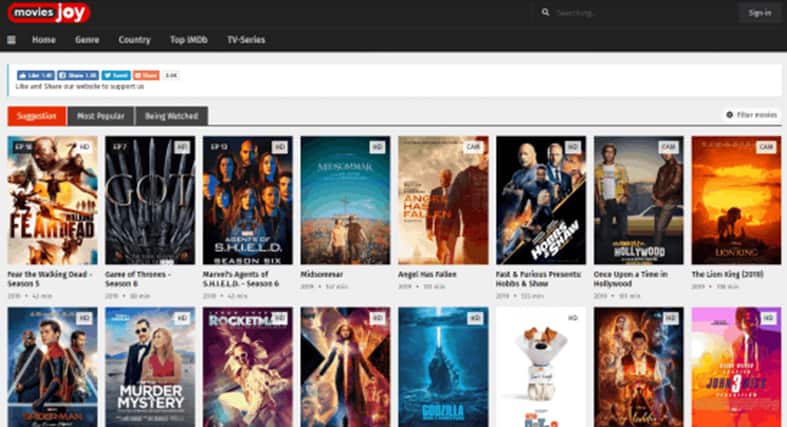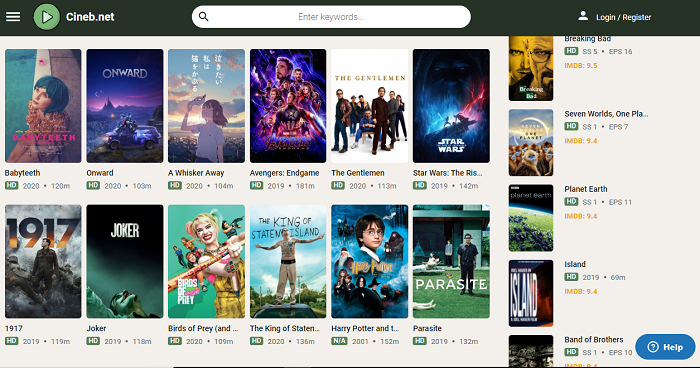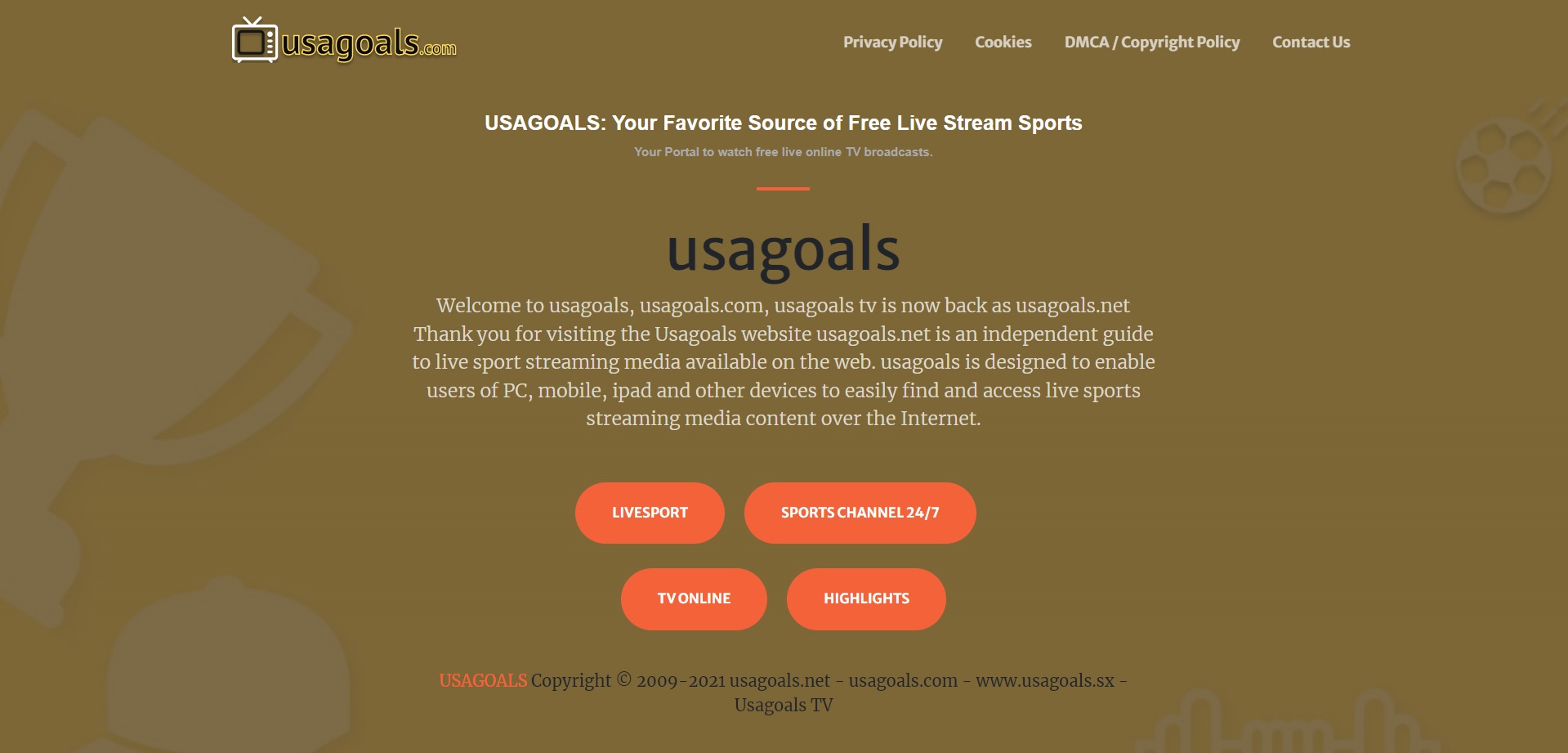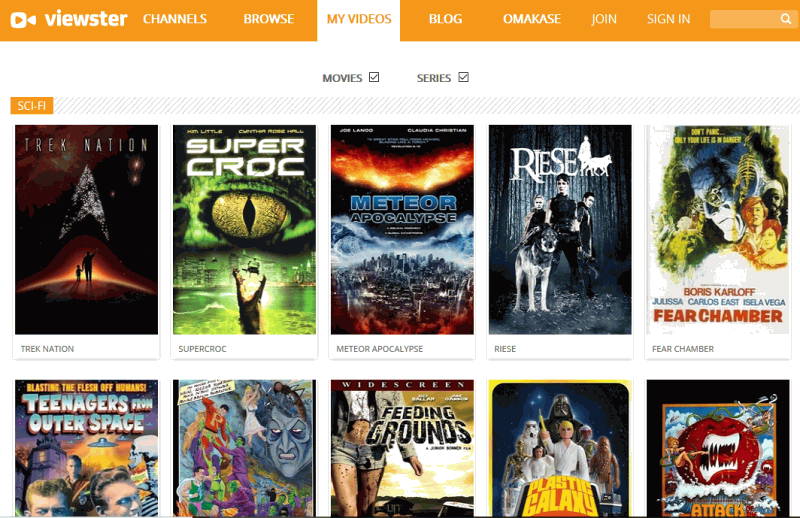The world of web design is in a constant state of evolution. As new trends continue to emerge, businesses must stay ahead of the curve and adapt to modern web design principles to maintain a competitive edge.
A well-executed website holds immense potential, acting as a powerful tool to boost your business, it establishes credibility, builds trust, and drives sales.
In this article, we’ll explore the top 7 signs that indicate your business website needs a redesign. So, without further ado, let’s dive in and discover if it’s time to revamp your online presence.
The importance of a well-designed website
Your website is the online representation of your brand. It is the platform where customers come to learn about your business, products, and services.
Therefore, even if you need to redesign your website you should consider doing it to make sure it is visually appealing, easy to navigate, and provides a positive user experience.
However, redesigning a website is not a decision that should be taken lightly. It requires careful planning, research, and execution. Therefore, it is a good idea to hire a reputable web design services provider to achieve the desired results.
It is important to remember a successful website redesign should not only improve the website’s aesthetics but also address the underlying issues that are impacting its performance.
Signs your website needs a redesign
When it comes to keeping your business ahead of the competition and retaining customers, it’s important not to ignore the signs that your website may need a redesign. These signs serve as crucial indicators that it’s time to make some changes and enhance your online presence.
So, let’s explore the top 7 signs that suggest your website is due for a redesign:
1. Outdated design elements
One of the most common signs that indicate the need for a website redesign is outdated design elements. If your website looks like it was designed in the early 2000s, it’s time for a change. Outdated design elements can make your website look unprofessional, unappealing, and difficult to use.
Some examples of outdated design elements include cluttered layouts, excessive use of images, poor color choices, and flashy animations. These design elements can distract visitors from your content, slow down your website’s loading time, and decrease user engagement.
Fortunately, taking advantage of professional web design services can help you fix those issues without any hassle on your end.
2. Slow loading speed
Another common sign that indicates the need for a website redesign is slow loading speed. If your website takes more than a few seconds to load, visitors are likely to abandon it and move on to your competitors.
Slow loading speed can also negatively impact your website’s search engine rankings, making it harder for potential customers to find you online.
Several factors can contribute to slow loading speed, including large image files, excessive use of plugins, and outdated coding practices. A website redesign can help you optimize your website’s performance and improve its loading speed.
3. Non-responsive design
In today’s mobile-first world, having a website that is not optimized for mobile devices can be a significant disadvantage. Non-responsive design can make your website difficult to use on smartphones and tablets, which can lead to a high bounce rate and low conversion rate.
A responsive website design adjusts to the screen size of the device used to access it, ensuring that the website looks and functions well on any device. If your website is not responsive, it’s time for a redesign.
A website redesign can help you implement a responsive design and ensure that your website is accessible to users on any device.
4. Poor user experience
A positive user experience is essential for the success of any website. If your website is difficult to navigate, has confusing menus, or lacks clear calls to action, it can negatively impact your user experience and drive visitors away.
A website redesign can help you improve your website’s user experience by addressing common issues such as poor navigation, cluttered layouts, and confusing menus. By implementing a user-friendly design, you can make it easier for visitors to find what they’re looking for and engage with your brand.
5. High bounce rate and low conversion rate
If your website has a high bounce rate and low conversion rate, it’s a clear sign that something is not working. A high bounce rate indicates that visitors are leaving your website quickly, without engaging with your content. A low conversion rate indicates that visitors are not taking the desired action, such as making a purchase or filling out a contact form.
Several factors can contribute to a high bounce rate and low conversion rate, including poor website design, confusing navigation, and a lack of clear calls to action. A website redesign can help you address these issues and improve your website’s performance.
6. Incompatibility with modern browsers
If your website is not compatible with the latest browsers, it can have a detrimental effect on your user experience. Imagine a potential visitor stumbling upon your site, only to find that it’s a jumbled mess or certain features don’t work properly.
Frustrating, right? Users expect seamless browsing experiences, and if they encounter difficulties navigating your site, they’re likely to abandon the ship and look for a competitor who offers a smoother ride.
7. Change in brand and audience
When your brand undergoes changes or your target audience shifts, a website redesign is essential. It allows you to align your online presence with your updated brand identity and cater to the preferences of your new audience.
A redesign ensures consistency in visuals, messaging, and functionality, strengthening your brand’s positioning and enhancing its connection with the right people.
It’s not just about aesthetics; it’s an opportunity to reassess your website’s content, user experience, and overall strategy.
By investing in a well-executed redesign, you can effectively communicate your brand’s evolution and engage your new audience in a meaningful way.
How much does web redesign cost?
Curious about the cost of a website redesign? Well, it’s not set in stone. When you decide to hire a professional website redesign service, the price can differ depending on the provider you choose. The range typically falls between $1000 and $30,000.
Now, why such a wide range? It all depends on the extent of work required to address your website’s issues and the location of the service provider. If you have budget constraints, don’t worry!
There are reputable providers out there who offer affordable web design services. So, go ahead and find the perfect match for your needs.
In conclusion
It is crucial to recognize the signs that indicate your website may need a redesign. Whether it’s outdated design elements, slow loading speed, poor user experience, or a change in brand and audience, these signs should not be ignored.
A website redesign offers an opportunity to address these issues and improve your online presence.
By investing in a well-executed redesign, you can create a website that is visually appealing, user-friendly, and aligned with the expectations of your target audience.
This will ultimately help you stay competitive, attract and retain customers, and achieve your online goals.










Add Comment